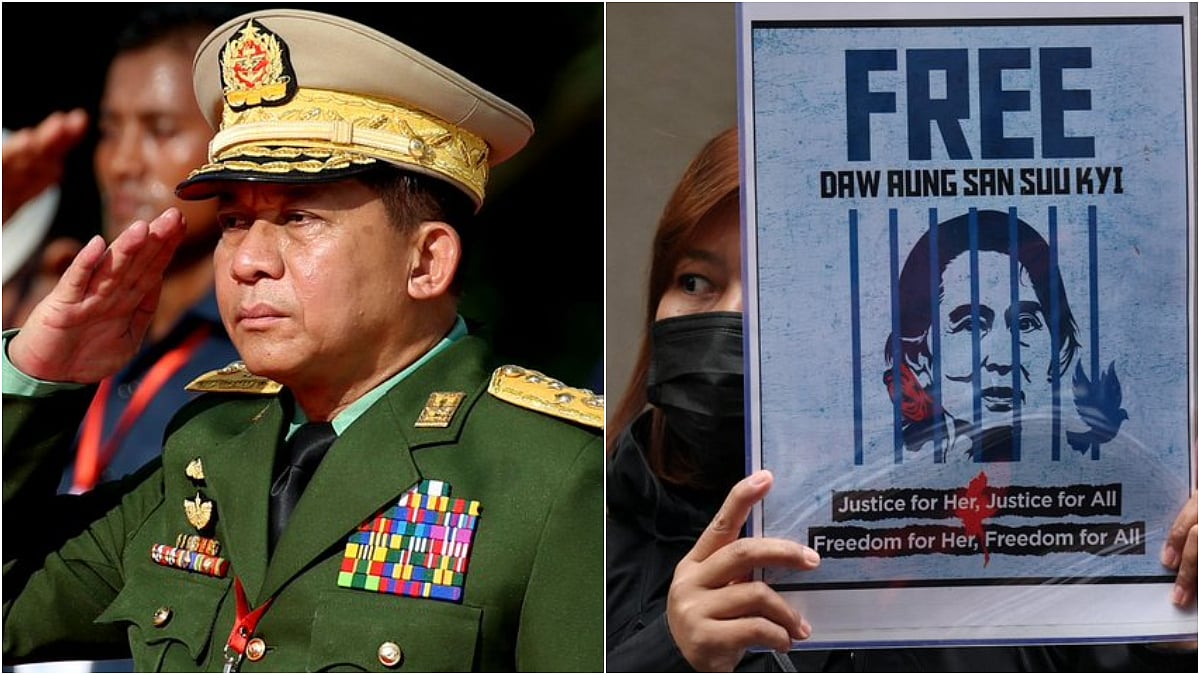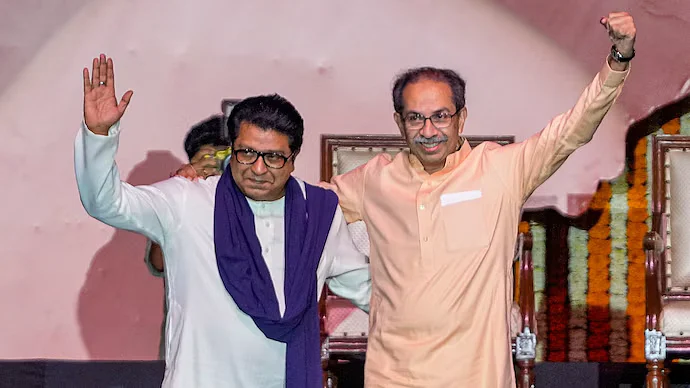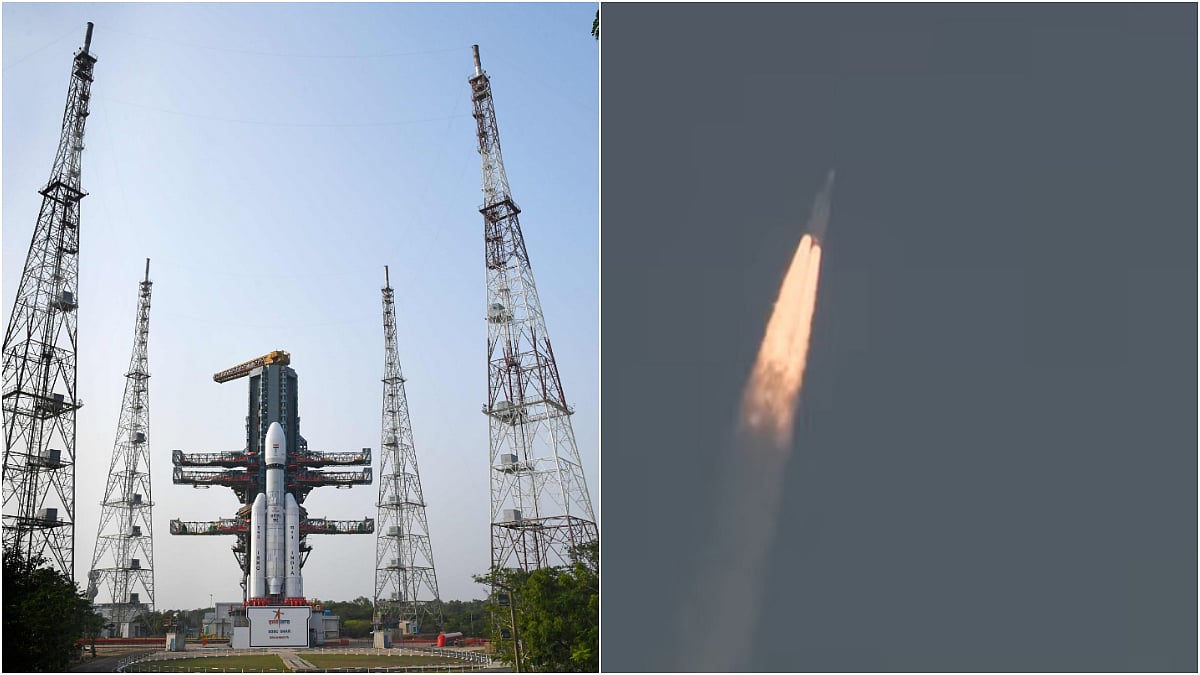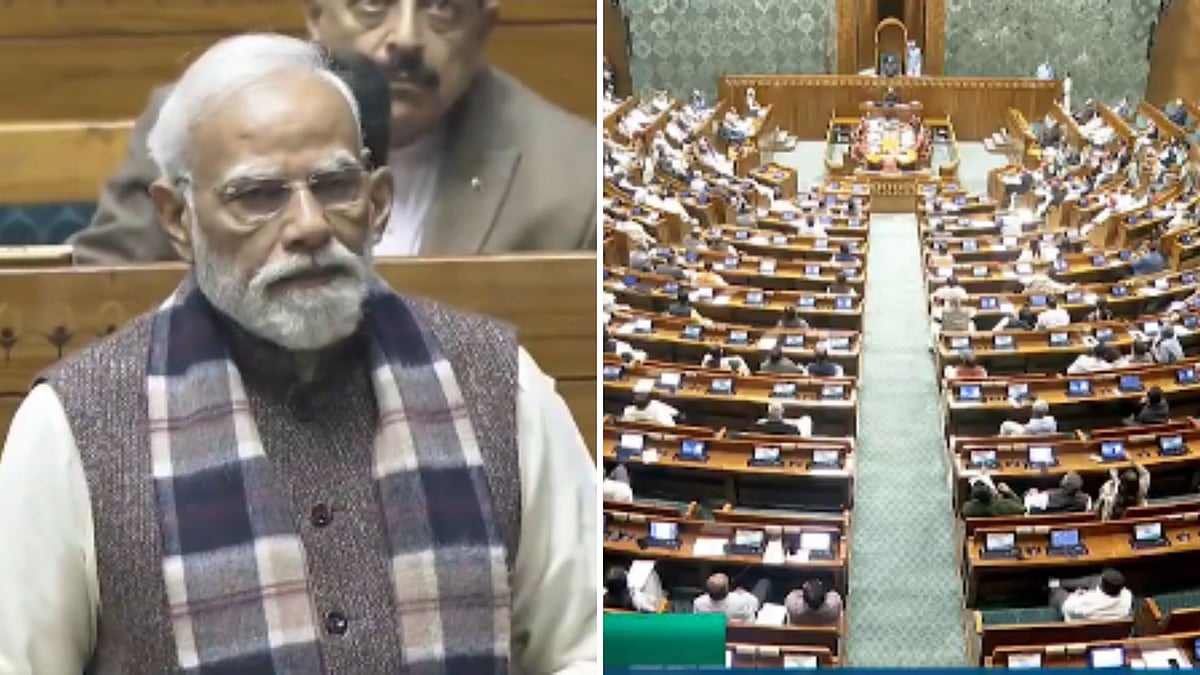The IPL drama has upstaged the pioneering effort that was called the Packer circus which transformed the economics of cricket in the late seventies. Cricketers are now bought and sold on an annual basis and could resemble our traditional cattle fairs. The stakes have increased and the landscape has widened giving a plethora of cricketers to get commercially paid. Kerry Packer had started it with the 50-over format with coloured clothing and white balls. IPL has shortened the same with the 20-20 format and brought back the cheerleaders who were missing in other coloured formats.
Interestingly what started off as a series played with all top global cricketers being chosen by different teams, has now watered down to more people from the mofussil who may never get to represent India but will retire wealthy after, say, ten seasons. In a market system whatever is accepted is fair. But is there more to it?
The money involved is mind boggling. For the 2023 season individuals got paid as much as Rs 18.5 crore which is close the winning teams’ reward. At the lowest level one could get Rs 20 lakhs which is also good as it works out to around Rs 10 lakh per month considering the series is on for two months.
Next the total brand value of all teams put together can get close to Rs 1 lakh crore as the tournament now has 10 teams competing. The total media rights has gone for close to Rs 50,000 crore for the next 5 years which is impressive. More than the TV rights, it is digital which will be the way to go in future. The viewership is hence all-encompassing, with the entire nation glued to the screens. The stadia appear to be fairly full for all the matches being played.
The remarkable thing about the 2023 tournament is that the old order has indeed changed yielding place to new. The foreign players, who added gravitas to the tournament to begin with have retired or moved over to being coaches. Therefore the list of the foreign players today is one which will evoke the question — which country does he play for? Most of them would probably never make it to their national squad or remain at the periphery. The same holds for Indian players given that there is too much talent on display but the national team is prone to stickiness in terms of players. But what domestic cricket like Ranji and Duleep trophies have never managed to achieve has been attained here with ease as the stadium appears to be reasonably full with the audience closely associating with the local team even though the players may not belong to the state. A true sign of national integration.
But there is a dark side to this narrative which always goes when so much money is involved. First at times it has been seen that there are a set of players who have decided no longer to represent their national sides and prefer to be regulars at the IPL. This is evident for the West Indian players which has actually meant that the national team has become quite irrelevant. Even among other countries like New Zealand or England there have been cases of players choosing at times to go commercial. Therefore IPL has changed the way in which players choose their loyalties. This may not be good for conventional cricket.
The second is the spread of vice, which is unfortunate. Two areas come to attention here. The first one relates to gaming. There are several such online games which let the people bet on favourite teams based on a set of rules. One chooses a set of players and the one who scores the maximum points on the basis of actual performance of the players in the concerned game, draws the prize. One may argue that such speculation is analogous to stock market trading where one buys shares based on the name of the company and may not understand the fundamentals. But the number of people who have been drawn to these platforms is enormous and it may be in order for there to be some regulation. For stock markets there is SEBI which provides the ground rules.
The other related concern is that once there are bets of this sort in any sport in the form of gaming, it opens the door to ‘gaming’ from the point of view of participants. Match fixing is something which can become a corollary once the stakes increase substantially. There are hence two issues. The first is that the government has to see to it that such online gaming is checked as prima facie this appears to be as alluring as a lottery ticket. The second is for the BCCI to be aware that once betting is allowed online, it can at some time backfire on the result outcomes of games.
Another vice which seems to be dominating the media is the surrogate advertising which has six of the biggest Bollywood stars endorsing a brand which supposedly sells mouth fresheners but could be propping up sales of tobacco products. One gets to see the advertisement virtually after ever over is bowled. Given that the amount paid by these companies to the Bollywood stars will be very high for a very low value product, the turnover of the main product must justify this cost. The surrogate route is quite obvious.
No government has so far managed to stop surrogate advertising which speaks for the main product covertly. But given the large-scale awareness being spread by the government on the ill effects of being addicted to tobacco, it seems to be a futile exercise as the influencers have no compunctions in being brands for these products. The government needs to seriously consider these issues.
Madan Sabnavis is Chief Economist, Bank of Baroda, and author of ‘Lockdown or economic destruction?’ Views are personal

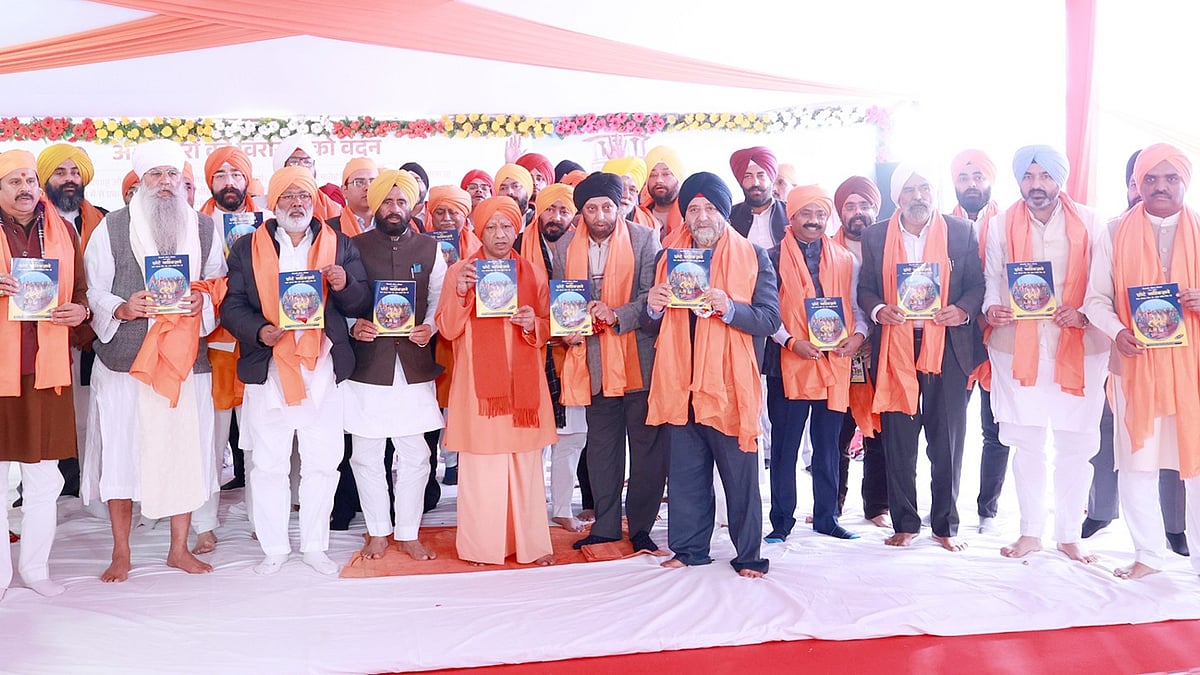
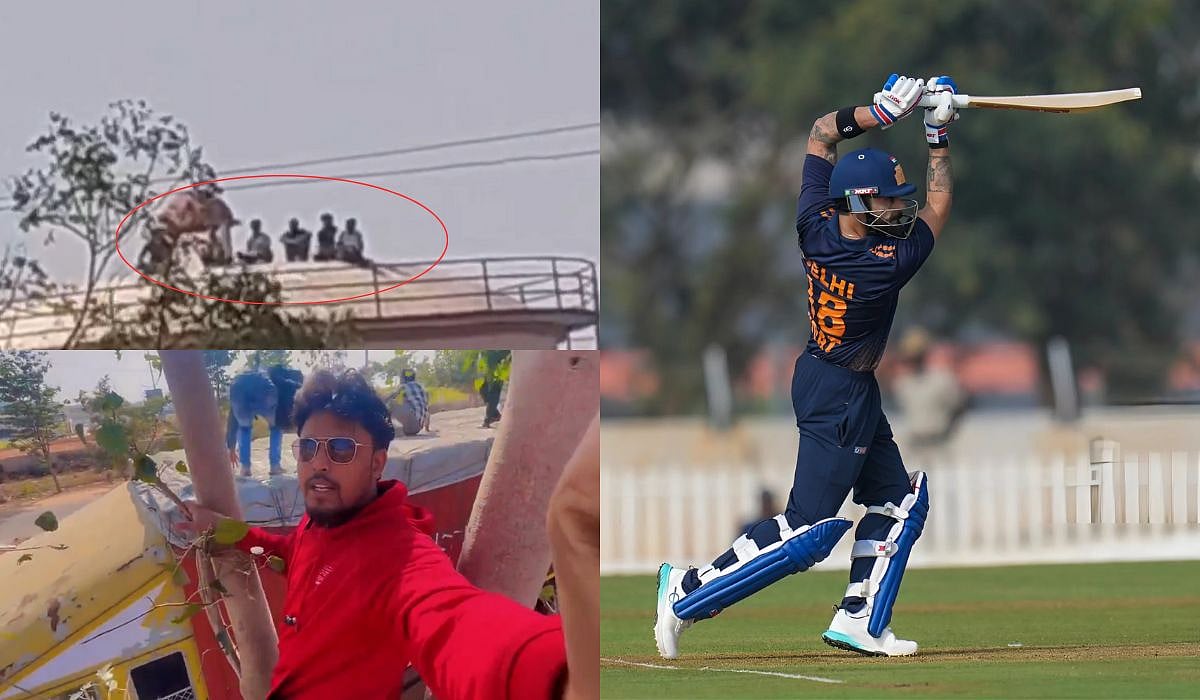
.jpeg)

